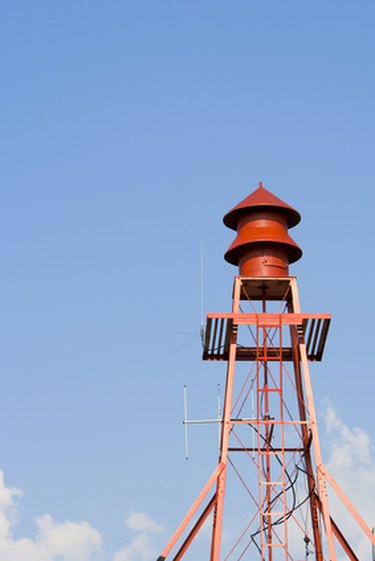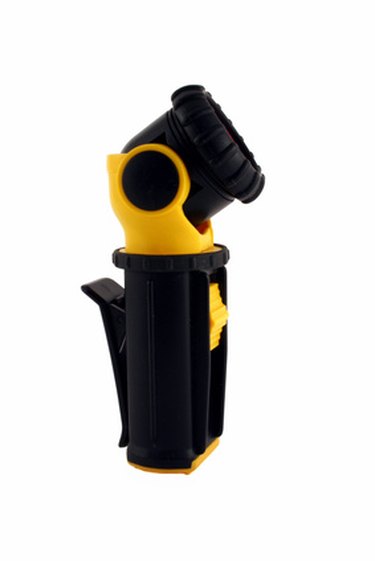Things You'll Need
Weather radio
Blankets or sleeping bags
Food
Water
Emergency preparedness kit
Battery-operated lamp

In a weather emergency, take steps to protect yourself and your family by creating a storm shelter, in the crawl space below your house that isn't deep enough for a basement. When you must take immediate shelter from a storm, the ideal location is away from windows, in a central location in your home. Whether for a few hours or even days, be prepared with supplies in a safe refuge until the storm passes.
Step 1
Create an area in the crawl space that's clear of debris and isn't located beneath large, heavy pieces of furniture on the above floor.
Video of the Day
Step 2

Assemble a disaster supply kit that includes one gallon of water per person, per day, for at least three days. Also include a three-day supply of nonperishable food, a battery-powered radio or television and extra batteries, first-aid kit, sanitation items, matches and waterproof container, whistle, extra clothing, kitchen accessories and cooking utensils, including a can opener, photocopies of credit and identification cards, cash, eyeglasses, contact lens solutions and hearing aid batteries.
Step 3

Make a list of basic items that members of your household may need during an emergency, including medicines or security items for children. Store the list in the emergency supply kit.
Step 4

Identify your community's warning systems and evacuation routes, and know how the community sends out important communication.
Step 5
Gather extra blankets and sleeping bags, and store them in the shelter.
Step 6

Place a battery-operated lamp in the shelter, with backup batteries.
Step 7

Update the contents of your emergency kit and shelter as needed.
Warning
Heavy objects can fall though the floor if a tornado strikes your house.
Below-ground shelters must be designed to avoid accumulating water during rain storms. Avoid seeking shelter in a crawl space if there's a flood threat, such as the heavy rains accompanying severe windstorms.
Video of the Day